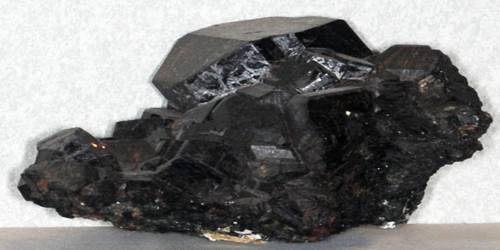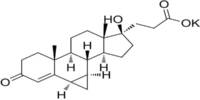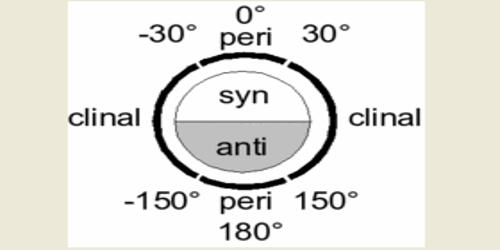Edenite is a double chain silicate mineral of the amphibole group with the general chemical composition NaCa2Mg5 (Si7Al)O22(OH)2. It is a member of the extended Hornblende group. There are several variations of Edenite with different elemental substitutions. It is not Radioactive
It is named for the locality of Edenville, Orange County, New York, where it was first described.
General Information
- Category: Amphibole mineral
- Formula: NaCa2Mg5 (Si7Al)O22(OH)2
- Crystal system: Monoclinic
- Crystal class: Prismatic (2/m).

Properties
It is a member of the monoclinic crystal system and is in the crystal class 2/m (space group C2/m). This means crystalline edenite is symmetrical around a two-fold rotation axis that is then reflected across a mirror plane perpendicular to the long axis of the mineral.
- Formula mass: 834.25 g/mol
- Color: White to gray, pale to dark green, also brown and pale pinkish-brown
- Crystal habit: Prismatic crystals, fibrous, as reaction rims on pyroxenes
- Twinning: Simple or multiple parallels to {010}
- Cleavage: Good on (110)
- Fracture: Conchoidal
- Tenacity: Brittle
- Mohs scale hardness: 5–6
- Luster: Vitreous
- Streak: White
- Diaphaneity: Semitransparent
- Specific gravity: 3.05 – 3.37
Occurrence
Edenite has been found primarily in metamorphic rocks, occurring in pods of other magnesium-rich minerals within a marble formation or with garnet-rich lherzolites from deep within the Earth’s crust. Thus, finding edenite in the field can indicate high-temperature regional metamorphism of the surrounding rocks.
Uses and importance
While edenite is not important for commercial or industrial applications, it is often studied because of its unique chemical substitution properties. Results from research performed on amphiboles have shown that it is particularly suited for fitting chlorine anions into its chemical framework. This makes edenite a good candidate for use in chlorine isotope fractionation in amphibole-bearing rocks.
Information Source;
















